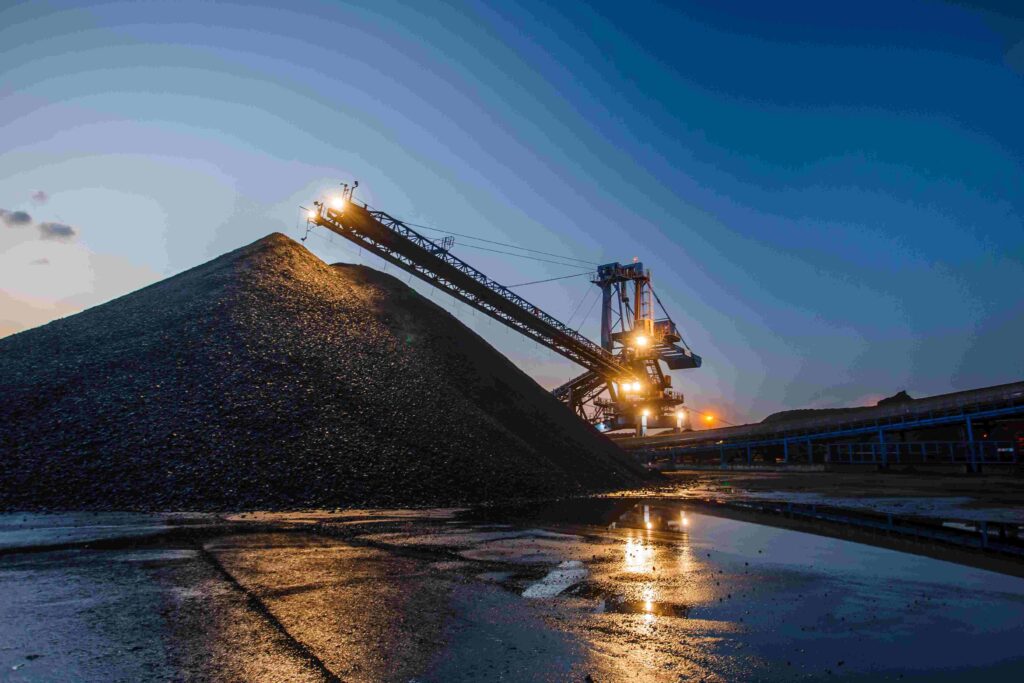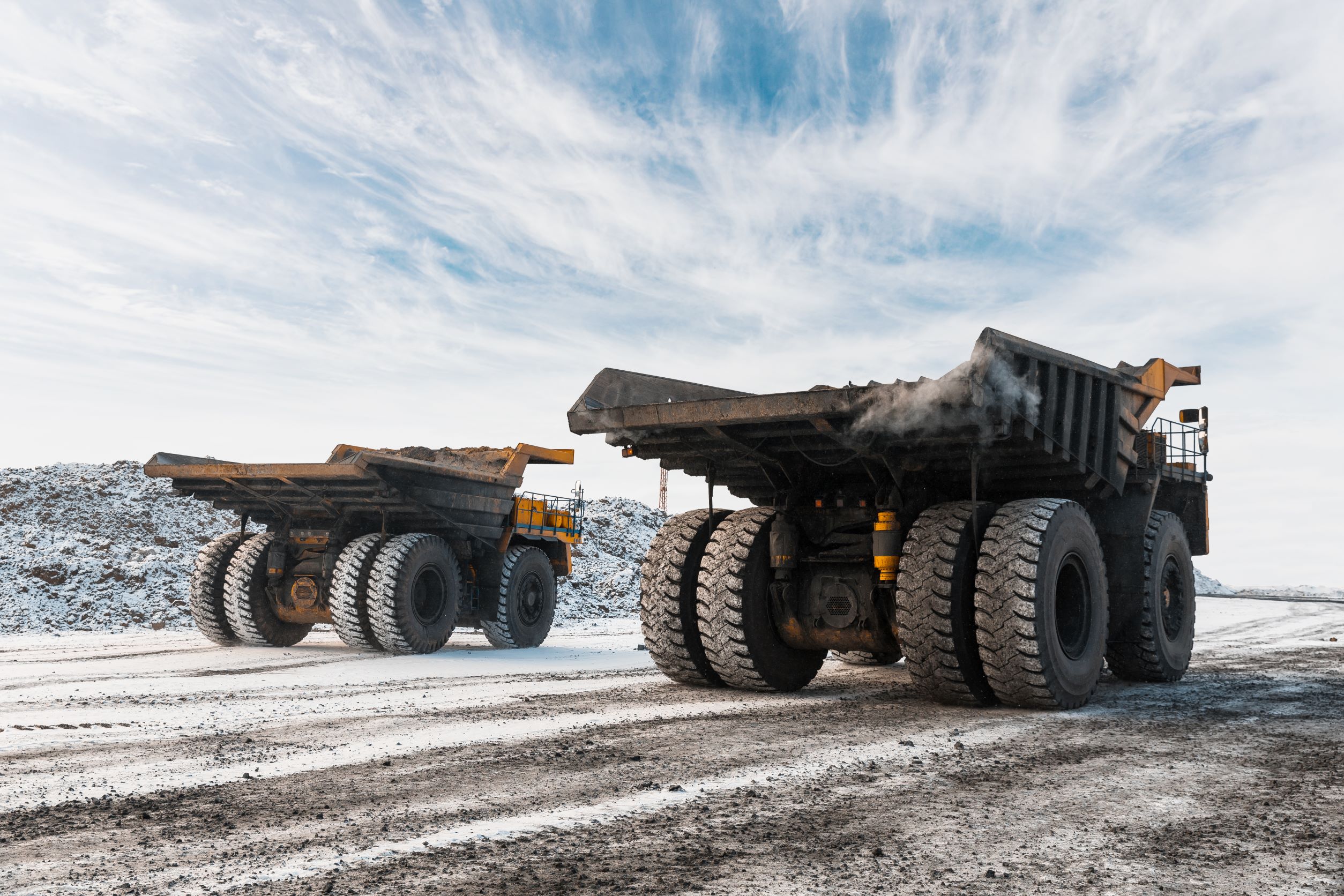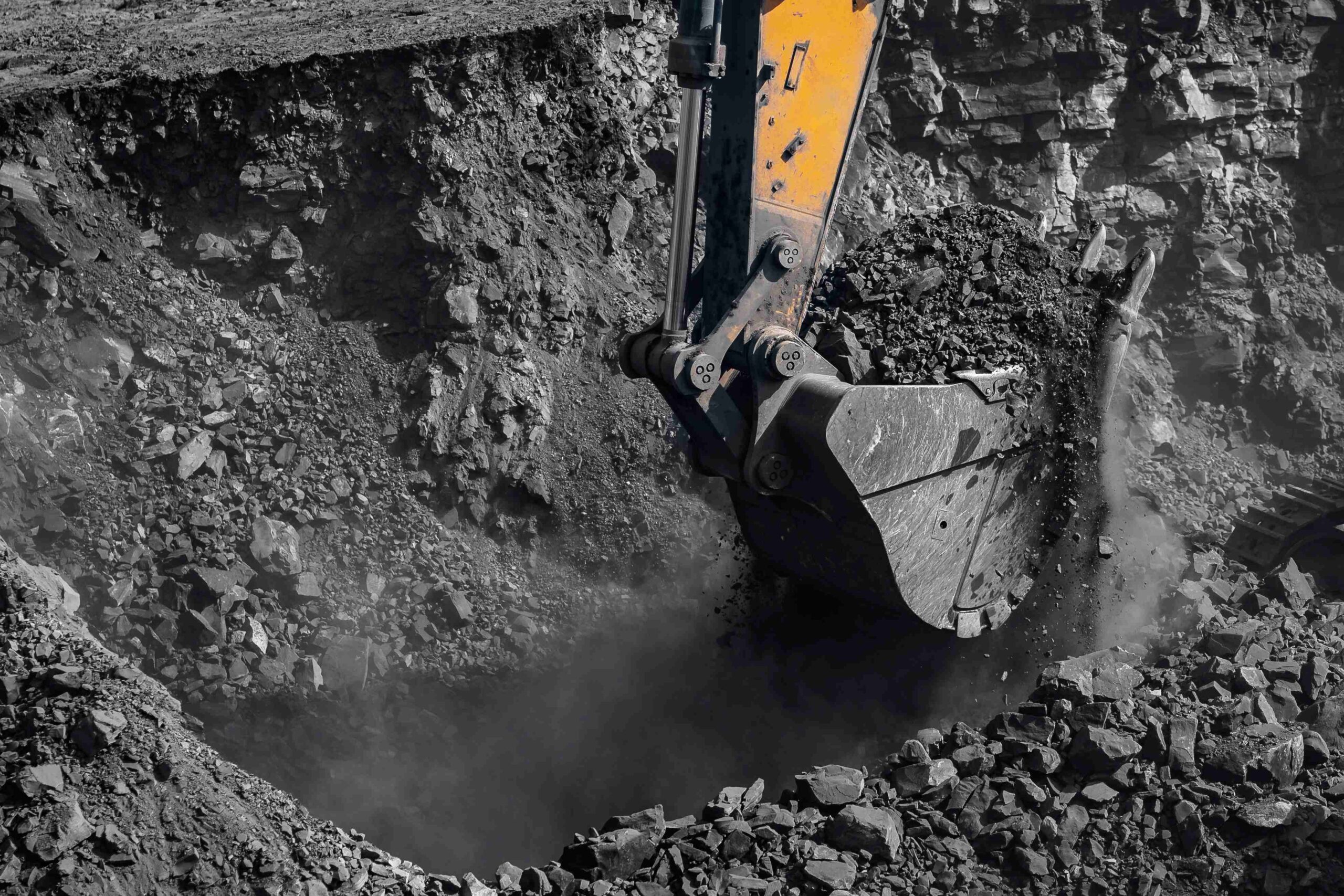

Over the past week, thermal coal indices on the European market kept moving downward below the 105 USD/t mark, following lower consumption, as well as falling gas prices amid easing concerns about the conflict in the Middle East.
The G7 energy ministers reached an agreement to phase out coal in electricity generation in H1 of the 2030s, as part of the plan to achieve carbon neutrality. A more specific target date was not set at the request of Germany and Japan. The restrictions apply to facilities that are not provided with carbon capture and storage (CCS) technologies. The US also introduced a requirement for power plants to reduce or capture 90% of CO2 emissions by 2032. The G7 countries likewise agreed a commitment to triple renewable energy capacity by 2030.
Gas quotations at the TTF hub corrected downward to 318 USD/1,000 m3 (-3 USD/1,000 m3 w-o-w) as the threat of escalation between Iran and Israel had greatly diminished.
Coal stocks at ARA terminals remained almost unchanged at 5.6 mio t, caused by reduction in supplies to European countries due to low demand.
South African High-CV 6,000 ranged between 100-105 USD/t on increased South African supply, spurred by the growth of railway shipments. Stockpiles at Richards Bay Coal Terminal (RBCT) climbed to 2.74 mio t (+0.04 mio t w-o-w).
FOB Qinhuangdao 5,500 NAR added 6 RMB/t (0.68 USD/t) to 828-838 RMB/t (116.46-117.86 USD/t w-o-w) (see Appendix).
In China, spot prices for 5,500 NAR coal at the port of Qinhuangdao added 1 USD/t to 117 USD/t ahead of the Labor Day weekend from May 01 to May 05. Some minor mines/open-pit mines reduced production as they met their monthly targets. However, upside is limited because of higher hydro generation in the South along with subdued industrial demand.
Inventories at the 6 major coastal thermal power plants edged down by 0.1 mio t to 13.8 mio t, while stocks at the 9 largest ports rose to 24.2 mio t (+0.6 mio t w-o-w).
Indonesian 5,900 GAR increased to 90 USD/t (+1 USD/t w-o-w), while 4,200 GAR firmed to 55 USD/t, moving upward on growing demand from China and Southeast Asian countries. In India, there was a 2% decrease in coal stocks over the week because of growing power generation after a sharp warming. Prices were also supported by limited supply on the spot market, stemming from unfavorable weather conditions.
At the end of Q1-2024, Indonesia’s production surged by 8%. However, in some regions the performance was below expectations caused by heavy rains. Thus, output in 2024 may reach 790 mio t, which is significantly lower than the 922 mio t agreed by the government for the current year.
Australian High-CV 6,000 soared to 145 USD/t, driven by stronger demand from Asian countries, including Thailand, the Philippines and Vietnam, which are experiencing record heatwaves contributing to higher energy consumption. Japan’s Kansai Electric reported on April 30 it expects power generation to rise in the next fiscal year (April 2024-March 2025), with Kyushu Electric forecasting increased coal imports due to lower nuclear plant utilization from 90.8% to 88.1%.
The Australian HCC metallurgical coal index weas holding at the level of 240 USD/t, supported by better conditions in the steel market and reduced production in Australia. Chinese steel industry manufacturing PMI increased in April by 3.7 percentage points to 47.9%, indicating a recovery in domestic steel demand.
Glencore reported a 30% drop in metallurgical coal output for Q1-2024 to 1.4 mio t (-0.6 mio t vs. Q4-2023), that was related to the shutdown of one of its assets in the Australian state of Queensland. Coronado Global
Resources also announced a 19% decline in metallurgical coal production at its Curragh mine to 2.2 mio t (-0.5 mio t vs. Q4-2023). Coal extraction was also negatively impacted by cyclones Jasper and Kirrily.
Source: CAA













